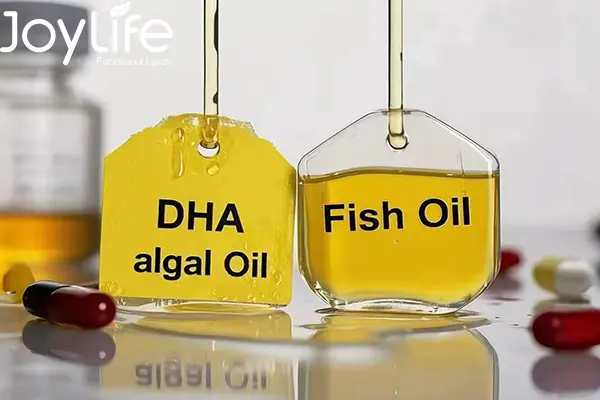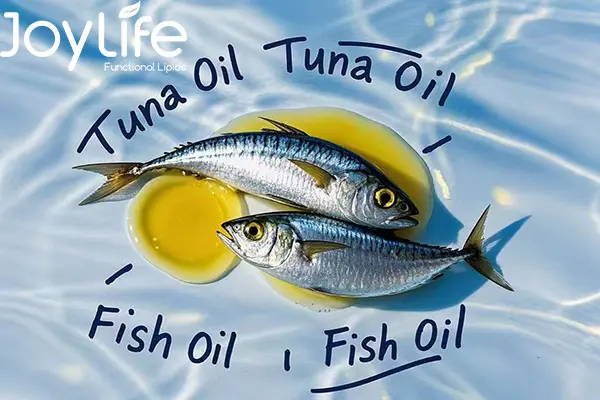



What kind of food enrich of Omega-6? and what's their assay of omega-6?
1. Introduction Of Omega-6
Omega-6 fatty acids are essential polyunsaturated fats crucial for cell membrane structure, inflammation regulation, hormone synthesis, and lipid metabolism. Unlike saturated fats, the human body cannot synthesize Omega-6s, necessitating dietary intake. The primary form, linoleic acid (LA), converts to bioactive forms like arachidonic acid (AA) and gamma-linolenic acid (GLA). However, modern diets often exhibit excessive Omega-6 intake, disrupting the ideal Omega-6:Omega-3 ratio (recommended 4:1). Chronic imbalance is linked to inflammation, cardiovascular disease, and metabolic disorders.
2.Omega-6 Food Sources & Assays (per 100g)
Values represent total Omega-6 content, primarily as linoleic acid. Standardized for easy comparison:
| Food | Omega-6 (g) | Key Notes |
|---|---|---|
| Safflower Oil | 65.0 | Highest concentration; use sparingly in dressings. |
| Sunflower Oil | 54.0 | Rich in vitamin E; high oxidation risk when heated. |
| Corn Oil | 51.0 | Common in processed foods; contributes to dietary imbalance. |
| Soybean Oil | 50.0 | Dominant in industrial food production; ratio to Omega-3 ≈ 7:1. |
| Peanut Oil | 32.0 | Moderate Omega-6; contains heart-healthy monounsaturated fats. |
Values represent total Omega-6 content, primarily as linoleic acid. Standardized for easy comparison:
| Food | Omega-6 (g) | Key Notes |
|---|---|---|
| Tofu | 4.97 | Fermented varieties improve nutrient absorption. |
| Peanut Butter | 12.3 | Choose natural brands to avoid hydrogenated oils. |
| Eggs | 1.2 | Omega-6 content rises if hens eat corn/soy feed. |
| Chicken | 2.5–5.0* | *Varies with feed; corn-fed poultry has higher levels. |
* Value inferred from poultry studies
* Joylife Nutripharma Inc can offer below Omega 6 raw materials for your chooice:
| Type | Product | Fatty Acid Assay |
| Oil Type |
Conjugated Lineic acid oil |
CLA: 60%-80% |
|
Arachidonic Acid Oil |
ARA: 40%, 50% | |
| Evening Primrose Oil | GLA: 9%, 10% | |
| Borage Seed Oil | GLA: 18%,20%, 22% | |
| Sunflower Seed Oil | Omega-6(Linoleic acid):48%~74% | |
| Grape Seed Oil |
Omega-6(Linoleic acid):70%~76% |
|
| Pumpkin Seed Oil |
Omega-6(Linoleic acid):45%~55% |
|
|
Safflower seed Oil |
Omega-6(Linoleic acid):65%~80% |
|
|
Milk Thistle Seed Oil |
Omega-6(Linoleic acid):55%~70% |
|
| Corn Oil |
Omega-6(Linoleic acid): 32%~65% |
|
| Walnut Oil |
Omega-6(Linoleic acid):65%~80% |
|
| Soybean Oil |
Omega-6(Linoleic acid):45%~60% |
|
| Powder Type |
Conjugated Lineic acid oil Powder |
CLA: 40%, 60% |
|
Arachidonic Acid Oil Powder |
ARA: 10%,20% |
|
|
Evening Primrose Oil Powder |
GLA: 4% | |
|
50%, 65% Sunflower Seed Oil Powder |
Omega-6(Linoleic acid): |
|
|
50% Milk Thistle Seed Oil Powder |
Omega-6(Linoleic acid): |
|
|
50% Pumpkin Seed Oil Powder |
Omega-6(Linoleic acid): |
|
|
50% Milk Thistle Seed Oil Powder |
Omega-6(Linoleic acid): |
|
| 50% Corn Oil Powder |
Omega-6(Linoleic acid): |
3.Critical Considerations for Omega-6 Intake
Ratio Management:
4. Conclusion
While Omega-6 fatty acids are essential, modern diets disproportionately favor them over Omega-3s. Prioritize whole-food sources (nuts, seeds, unprocessed oils) and consciously limit refined vegetable oils to maintain a healthy balance. For personalized guidance (e.g., managing inflammation), consult a nutritionist to tailor intake.
📌 Key Takeaway: Omega-6s are vital but require mindful consumption. Focus on nutrient-dense sources and maintain an Omega-6:Omega-3 ratio near 4:1 for optimal health.